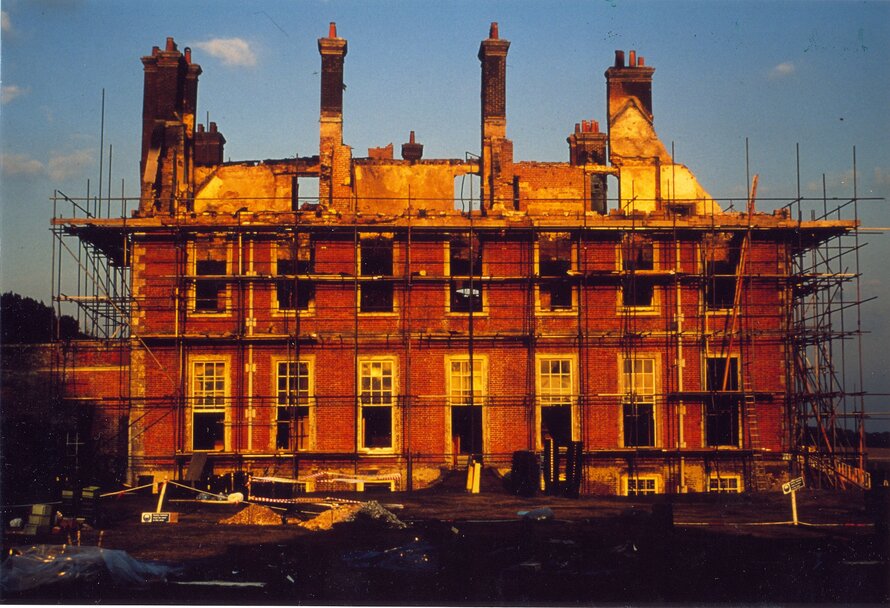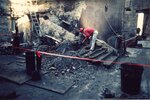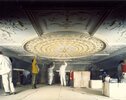Restoration of Uppark, South Harting
Uppark was built in 1690 for Ford, Lord Grey of Werke. Half a century later, it was bought by Sir Matthew Fetherstonhaugh who furnished the house in the latest European fashion. When inherited by Sir Herbert and Lady Meade (later Meade-Fetherstonhaugh) in 1931, Uppark was ...
Read more
Project details
| Title: | Restoration of Uppark, South Harting |
|---|---|
| Entr. year: | 1996 |
| Result: | Diploma |
| Country: | United Kingdom |
| Town: | South Harting, Petersfield, Sussex (England) |
| Category type: | architectural heritage |
| Building type/ Project type: | residential building |
| Former use: | Manor house |
| Actual use: | Castel and gardens open to the public: some assembly rooms available for hire; cultural attraction; TV and film locations and for corporate events |
| Built: | 17th century |
| Architect / Proj.leader: | The Conservation Practice (Midhurst - GB) The Conservation Practice (Midhurst - GB) |
| The Jury's citation: | "For the triumphant and meticulous restoration, from its ashes, of the historic mansion consumed by fire in 1989" |
| GPS: | 50°57'8.9"N 0°53'28.1"W |
| Web, Links: | www.nationaltrust.org.uk/uppark-house-and-garden |
Description:
Uppark was built in 1690 for Ford, Lord Grey of Werke. Half a century later, it was bought by Sir Matthew Fetherstonhaugh who furnished the house in the latest European fashion. When inherited by Sir Herbert and Lady Meade (later Meade-Fetherstonhaugh) in 1931, Uppark was remarkable for its completeness of preservation; a 17th century house whose 18th century rooms had been preserved virtually unchanged. In 1954 it passed unchanged into the care of the National Trust. But in August 1989, Uppark was engulfed by fire which destroyed the upper two floors and severely damaged the ground floor rooms. The National Trust decided to embark upon a full restoration of Uppark as a sufficient amount of original architectural material had survived from the important ground floor rooms and most of the ground floor contents had been rescued. Wherever possible, the surviving fragments of plasterwork, metalwork, wood, textiles and glass were conserved and reinstated. Incorporating within each ceiling a significant proportion of original material, it then proved possible to restore all five ornamental ceilings as an exact copy of those destroyed. The repair of the joinery followed a similar course. It was decided that each room would be decorated to match its immediately pre-fire faded and aged appearance so that when the contents were returned the whole assembly would sit comfortably together again. In the Red Drawing Room, hundreds of pieces of flock paper rescued by firemen have been invisibly incorporated in the new wallpaper, which has been printed to the same recipe and with the same techniques as the original.
Similar projects
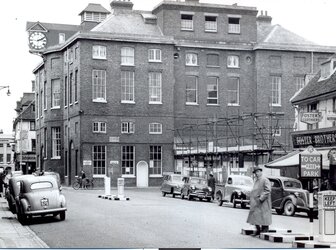
18th century

18th century
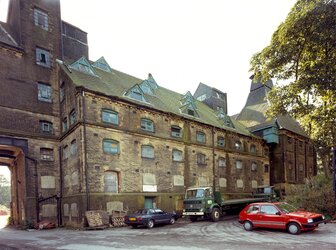
20th century
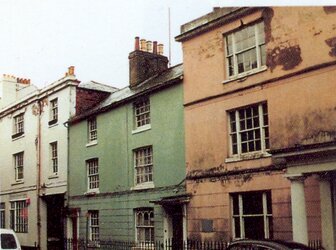
18th century
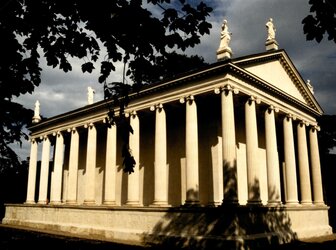
18th century
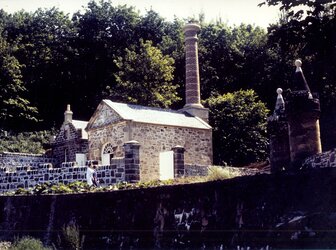
19th century
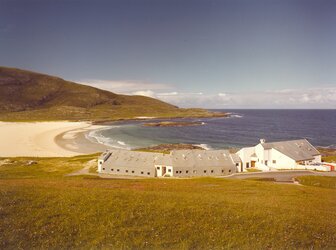
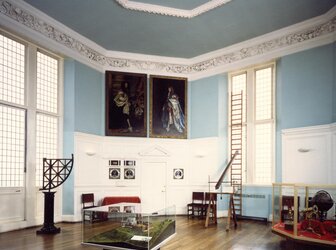
17th century
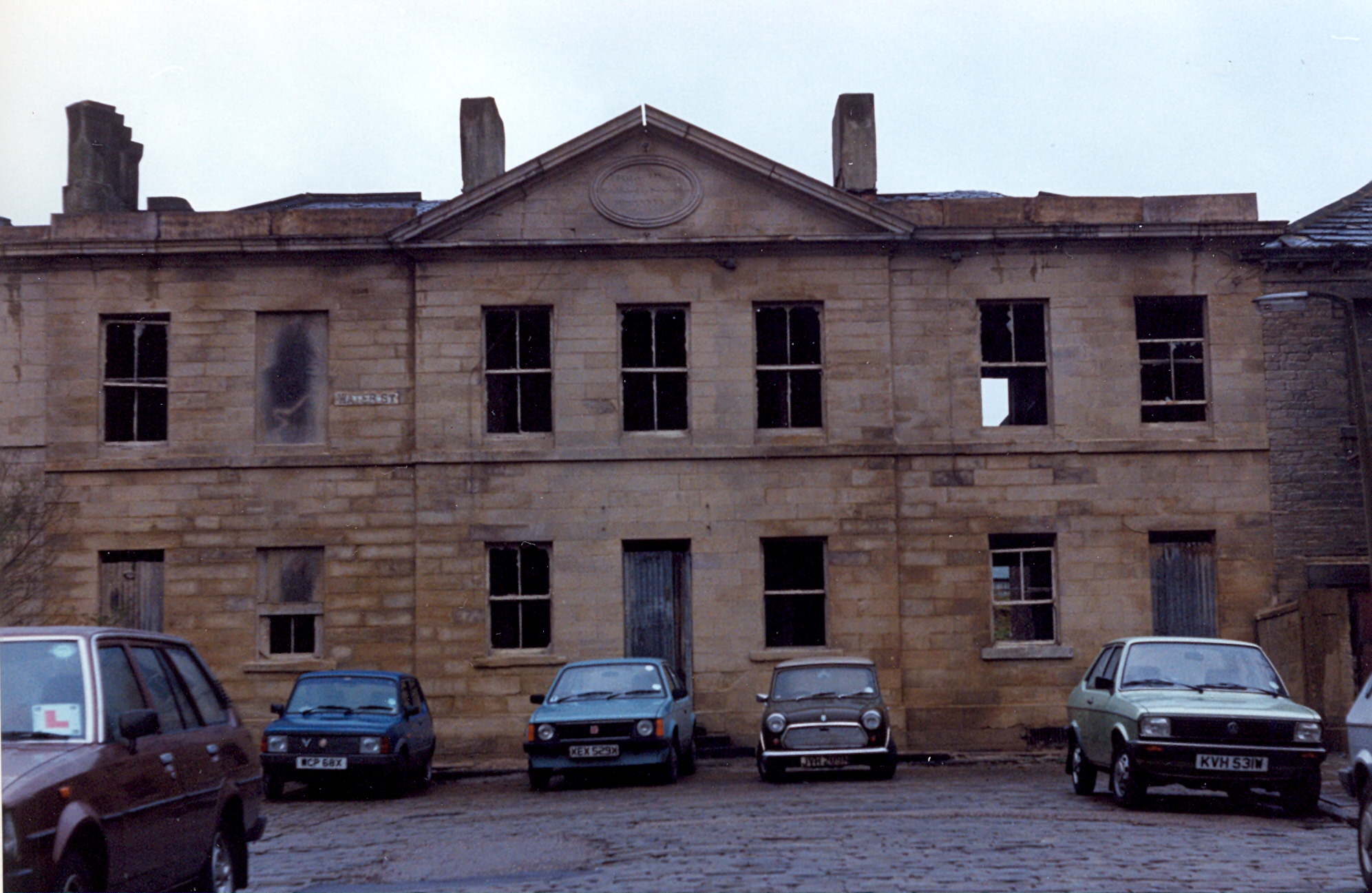
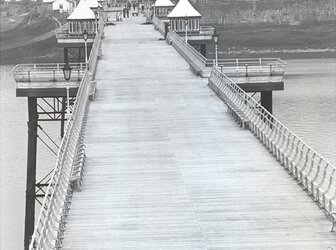
19th century
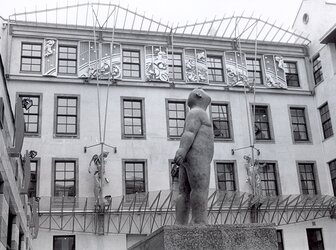
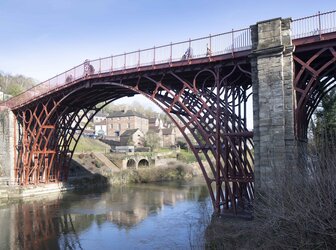
Late 18th century
